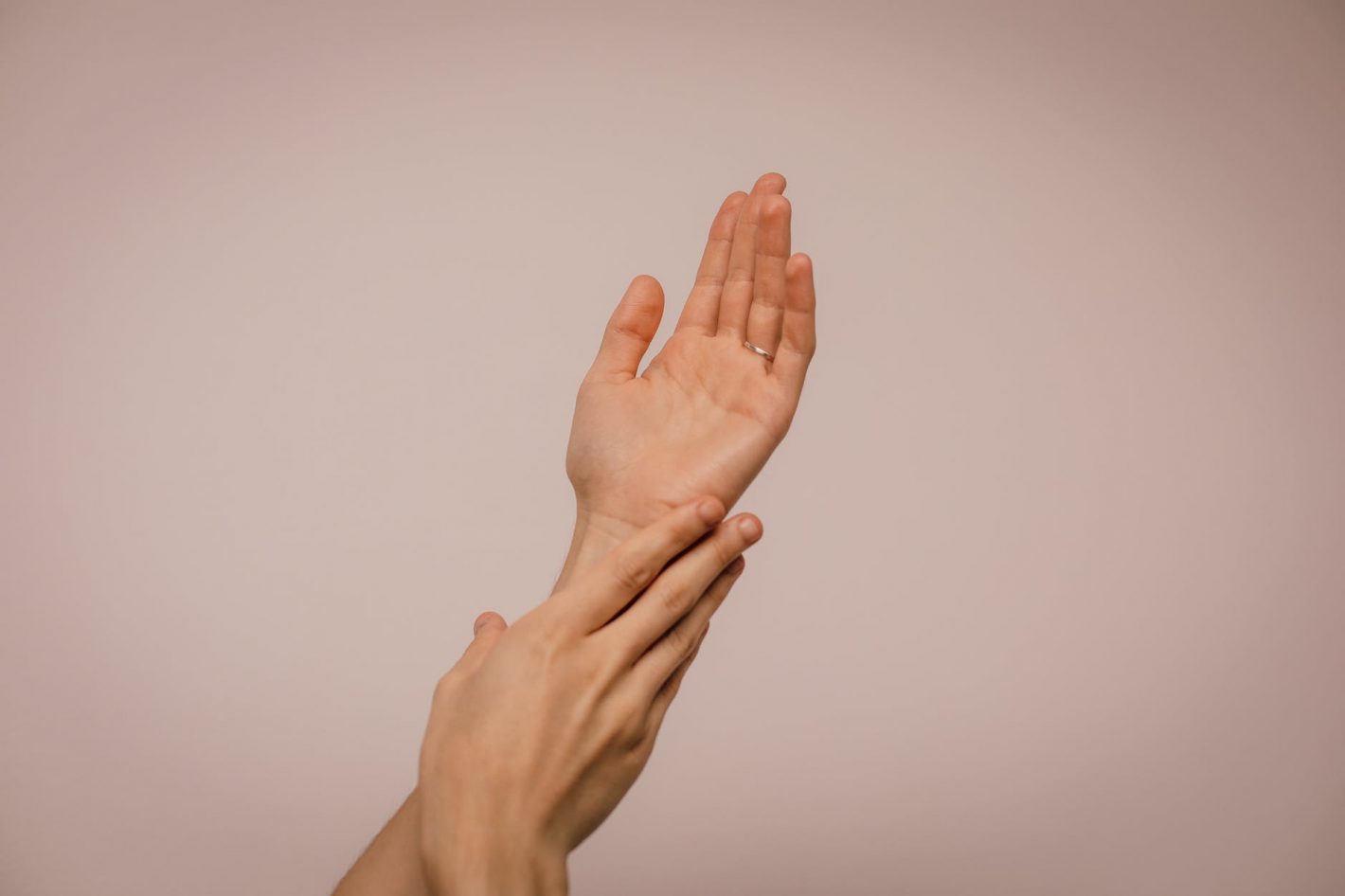When it comes to accidents, they can affect anyone and occur anywhere. Therefore, it is crucuial for you to learn some basic first aid skills. Among the most serious accidents that may occur in a workplace or at home are chemical burns. In the US, the Occupational Safety and Health Administration (OSHA) estimates that over five thousand people are hospitalized with chemical-related injuries that occur in their workplace each year.
It also classifies chemical burns among being the most fatal of all workplace-related injuries. For those that survive, treating them may require major surgeries, lots of rehabilitation and huge amounts of physical therapy. Therefore, this article discusses the issue of understanding and dealing with chemical burns.
What Are Chemical Burns
Chemical burns or irritation include injuries caused by an individual’s soft tissues coming into contact with a chemical or irritant. The soft tissue in this context refers to body organs such as your skin, eyes, lungs or ears. Common causes of chemical burns at home or at school include; acids, alkali, solvents, oxidizers, bases, or thinning agents. The severity of these burns is classified in terms of degrees.
First-degree burns are those that only affect the upper layer of the skin, which implies that they won’t have long-lasting effects. Simple first-aid treatments can help deal with such burns. Second-degree burns are those that go beyond the skin’s upper layer causing blisters & sores. These burns may require medical attention. There are also third-degree burns that penetrate beneath the skin layers into the tissues below it. These burns can inflict pain and long-term effects that lasts for long periods of time. These types of burns require immediate medical attention.
Symptoms of Chemical Burns
Sometimes the people who experience chemical burns but may fail to recognize the symptoms. Lack of information about the symptoms of chemical burns may result in you ignoring the need to seek relevant medical attention. The thing you have to understand is that chemical burns may vary depending on how the burn is experienced. Some of the factors that influence chemical burn symptoms include:
- The concentration and amount of chemical you came into contact with
- The length of exposure
- The medium of contact. For example, inhaling or skin contact
- The form of chemical. For example, gaseous, solid or liquid
- If your skin have open wounds
Some of the common symptoms of chemical burns include:
- Sensational burning
- Irritation/ redness of the affected area
- Dead skin on the area of contact
- Blisters and sores for serious burns
- Pain in the affected area
- Coughing
- Dizziness
- Headaches
First Aid Procedure for Chemical Burns
If you experience a chemical burn, there are several first aid procedures you can undertake. They include:
- Running clean water on the affected area for several minutes
This helps reduce the pain from the burn and washes away the irritant. This can minimize the impact of the burn.
- Remove any clothing or jewelry that may have come into contact with the chemical
This helps ensure that the impact is not spread to other areas. If they are tight on your body, consider cutting them away. This helps ensure that the chemical does not come into contact with any other part of your body.
- Clean and dress the affected area
After running clean cool water over the burn it is also important to clean it. This should be done gently with antiseptic and clean water. Proceed to apply some antibiotic cream or ointment to help prevent the affected area from infection. Loosely wrap a clean bandage on top to help maintain it clean.
- Visit a doctor
While the first-aid may help minimize further infection and pain, it is important to visit a doctor. The doctor will assess the seriousness of the burn while prescribing the necessary medication to treat the pain.
Our analysis has revealed that chemical burns are some of the dangerous injuries you can experience at home or in the workplace. However, we have also provided you with a guide on the symptoms of chemical burns and first-aid procedures for treating them.

